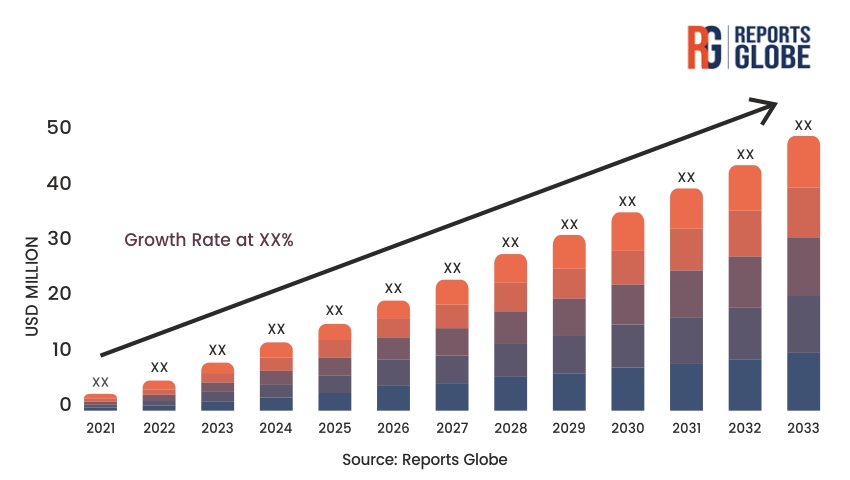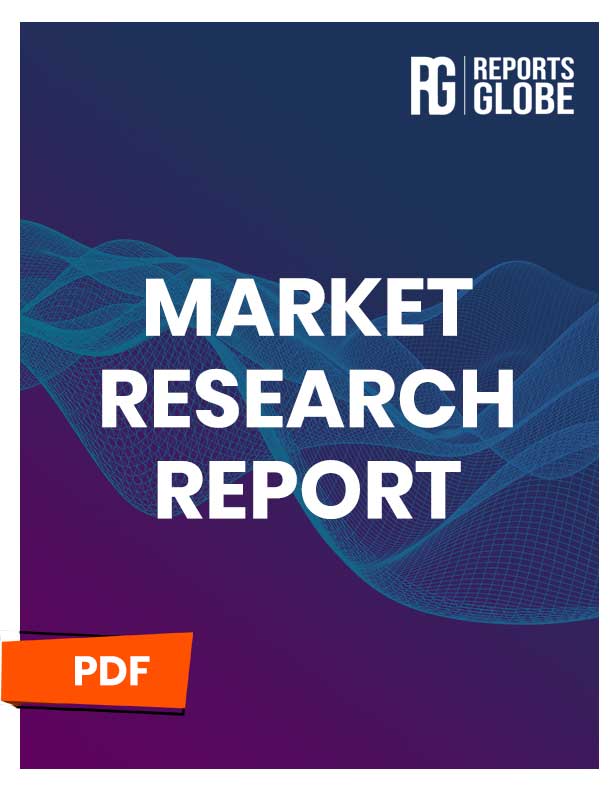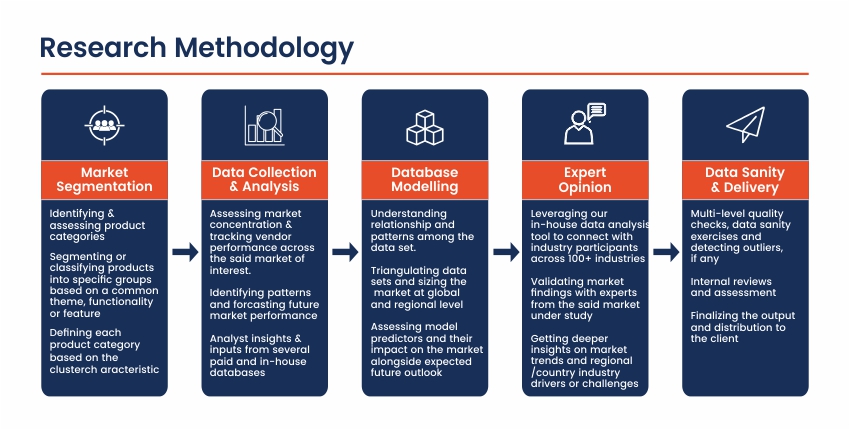Market Overview
The Africa waste management market is experiencing significant growth, driven by rapid urbanization, increasing population, and rising environmental awareness. As African countries grapple with the challenges posed by waste generation and disposal, there is a growing demand for effective and sustainable waste management solutions. The market encompasses various segments, including municipal solid waste, industrial waste, hazardous waste, and e-waste. Governments across the region are implementing policies and regulations to promote proper waste management practices and encourage investment in the sector. The market is characterized by the presence of both local and international players, offering a range of waste collection, treatment, and disposal services.

Key Takeaways of the market
- The Africa waste management market is projected to grow at a CAGR of 6.5% during the forecast period (2021-2028).
- Rapid urbanization and population growth are major drivers of the market, leading to increased waste generation.
- Inadequate waste collection and disposal infrastructure remains a key challenge in many African countries.
- Government initiatives and regulations are promoting sustainable waste management practices and attracting investment in the sector.
- The municipal solid waste segment holds the largest share of the market, followed by industrial waste and hazardous waste.
- Landfilling is the most common waste disposal method, but there is a growing focus on recycling and waste-to-energy solutions.
- South Africa, Nigeria, and Egypt are the leading markets for waste management in Africa, with significant potential for growth.
Market Driver
Rapid urbanization and population growth are the primary drivers of the Africa waste management market. As more people migrate to urban areas in search of better opportunities, the amount of waste generated in cities continues to rise. The United Nations projects that Africa’s urban population will more than double by 2050, reaching 1.5 billion people. This rapid urbanization puts immense pressure on existing waste management infrastructure, creating a demand for efficient collection, treatment, and disposal services. Additionally, the growing middle class and changing consumption patterns contribute to the increase in waste generation, further driving the need for effective waste management solutions.
Market Restraint
One of the major restraints in the Africa waste management market is the lack of adequate infrastructure and proper waste collection systems. Many African countries face challenges in providing efficient waste collection services, particularly in urban areas with high population densities and informal settlements. The absence of proper waste segregation at source, coupled with limited recycling facilities, leads to the mixing of different waste streams, making it difficult to recover valuable materials. Furthermore, the lack of sanitary landfills and controlled dumpsites results in the uncontrolled disposal of waste, posing environmental and health risks. The insufficient investment in waste management infrastructure and the limited financial resources of local governments hamper the development of sustainable waste management practices.
Market Opportunity
The Africa waste management market presents significant opportunities for growth and investment. One key opportunity lies in the development of recycling and waste-to-energy solutions. With the increasing focus on sustainability and circular economy principles, there is a growing demand for technologies that can convert waste into valuable resources. Recycling facilities for plastics, paper, metals, and e-waste have the potential to create new revenue streams while reducing the environmental impact of waste. Additionally, waste-to-energy plants, which convert waste into electricity or heat, offer a promising solution for managing non-recyclable waste and generating renewable energy. Governments and private sector players are increasingly exploring public-private partnerships (PPPs) to develop and operate waste management facilities, creating opportunities for investors and technology providers.
Market Segment Analysis
- Municipal Solid Waste (MSW): The municipal solid waste segment dominates the Africa waste management market. MSW includes waste generated by households, commercial establishments, and institutions. The rapid urbanization and growing population in African cities have led to a significant increase in MSW generation. However, the collection and disposal of MSW remain a challenge due to inadequate infrastructure and limited resources. Governments are focusing on improving waste collection systems, promoting source segregation, and establishing sanitary landfills to manage MSW effectively. There is also a growing emphasis on recycling and composting to divert waste from landfills and reduce environmental impact.
- Industrial Waste: The industrial waste segment is another significant contributor to the Africa waste management market. Industries such as manufacturing, mining, and oil and gas generate large amounts of waste, including hazardous materials. Proper management of industrial waste is crucial to minimize environmental pollution and protect public health. Many African countries have introduced regulations and guidelines for industrial waste management, mandating industries to adopt sustainable practices and invest in waste treatment technologies. There is a growing demand for services such as industrial waste collection, treatment, and disposal, as well as the implementation of waste minimization and recycling strategies within industrial facilities.
Regional Analysis
The Africa waste management market exhibits diverse characteristics across different regions. East Africa, particularly Kenya and Ethiopia, has witnessed significant growth in waste management initiatives. Governments in these countries are implementing policies to improve waste collection and promote recycling. In Kenya, the ban on plastic bags has spurred the development of alternative packaging solutions and waste management practices.
West Africa, led by Nigeria and Ghana, is also experiencing growth in the waste management sector. Lagos, the largest city in Nigeria, has introduced waste management reforms and is attracting investment in waste-to-energy projects. Ghana has made strides in improving waste collection and disposal, with a focus on community-based initiatives and public-private partnerships.
In Southern Africa, South Africa stands out as a key market for waste management. The country has a relatively well-developed waste management infrastructure compared to other African nations. However, challenges persist in terms of waste collection in informal settlements and the need for more advanced recycling facilities. South Africa is also exploring waste-to-energy solutions to address its energy challenges while managing waste effectively.
North Africa, including countries like Egypt and Morocco, has seen progress in waste management practices. Egypt has implemented initiatives to improve waste collection and establish sanitary landfills. The country is also promoting waste-to-energy projects to generate electricity from municipal solid waste. Morocco has introduced waste management policies and is investing in recycling infrastructure to promote sustainable practices.
Competitive Analysis
The Africa waste management market is characterized by the presence of both local and international players. Leading global waste management companies, such as Veolia, Suez, and Averda, have established operations in various African countries, offering a range of waste collection, treatment, and disposal services. These companies bring expertise, technology, and investment to the market, driving innovation and best practices.
Local players also play a significant role in the market, particularly in the collection and transportation of waste. Small and medium-sized enterprises (SMEs) often operate in specific regions or cities, providing waste management services to communities. However, these local players often face challenges in terms of limited financial resources and access to advanced technologies.
Collaborations and partnerships between international companies and local players are becoming increasingly common in the Africa waste management market. These partnerships aim to combine the expertise and resources of international firms with the local knowledge and networks of African companies. Such collaborations help in addressing the specific waste management needs of different regions and communities.
Key Industry Developments
- In 2021, Veolia announced the acquisition of a majority stake in a waste management company in South Africa, expanding its presence in the region.
- The government of Kenya has introduced a ban on single-use plastics in protected areas, including national parks and beaches, to combat plastic pollution.
- In 2020, a waste-to-energy plant in Ethiopia, the first of its kind in Africa, commenced operations, converting municipal solid waste into electricity.
- The African Development Bank has launched the Africa Circular Economy Facility, a multi-donor trust fund aimed at supporting circular economy initiatives, including sustainable waste management.
- Several African countries, including Rwanda and Tanzania, have implemented policies and regulations to promote e-waste management and recycling.
Future Outlook
The future outlook for the Africa waste management market is promising, driven by the increasing awareness of the importance of sustainable waste management practices. As African countries continue to urbanize and their populations grow, the demand for effective waste collection, treatment, and disposal services will rise. Governments are expected to prioritize waste management in their development agendas, implementing policies and regulations to promote sustainable practices and attract investment in the sector.
The adoption of circular economy principles is likely to gain momentum in Africa, with a focus on waste reduction, recycling, and resource recovery. This shift towards a more sustainable approach to waste management will create opportunities for innovative technologies and business models. Waste-to-energy solutions are expected to gain traction, as countries seek to address both waste management and energy challenges simultaneously.
Public-private partnerships (PPPs) are likely to play a crucial role in the development of waste management infrastructure in Africa. Governments will increasingly collaborate with private sector players to finance, construct, and operate waste management facilities, leveraging the expertise and resources of both parties. These partnerships will be essential in overcoming the infrastructure gaps and ensuring the sustainable management of waste.
The informal waste sector, which plays a significant role in waste collection and recycling in many African countries, is expected to undergo formalization and integration into the formal waste management system. Governments and NGOs will work towards providing support, training, and recognition to informal waste workers, improving their working conditions and livelihoods while enhancing the overall efficiency of the waste management value chain.
Market Segmentation
- By Waste Type:
- Municipal Solid Waste
- Industrial Waste
- Hazardous Waste
- E-waste
- Others
- By Service:
- Collection
- Transportation
- Treatment
- Disposal
- Recycling
- By End-user:
- Residential
- Commercial
- Industrial
- Institutional
- Others
- By Geography:
- North Africa
- West Africa
- East Africa
- Southern Africa
- Central Africa











